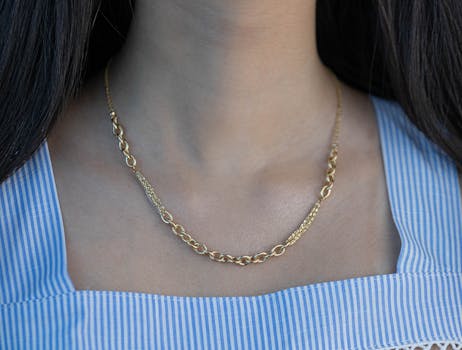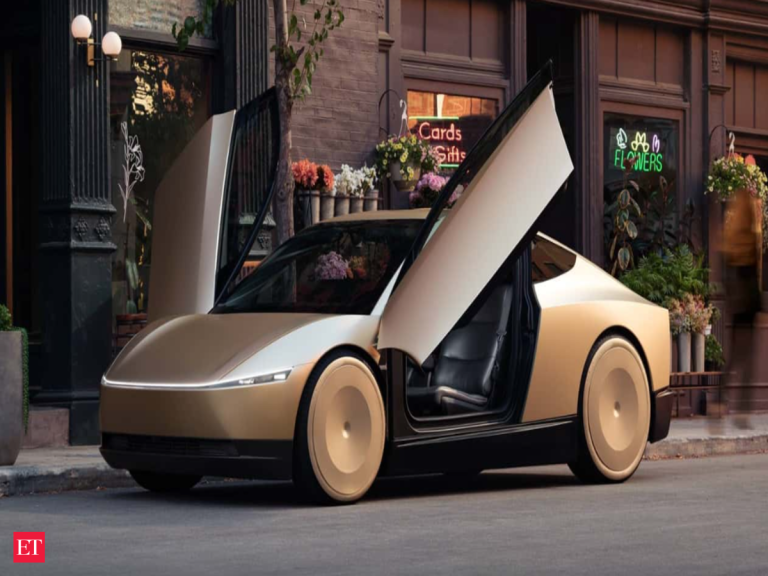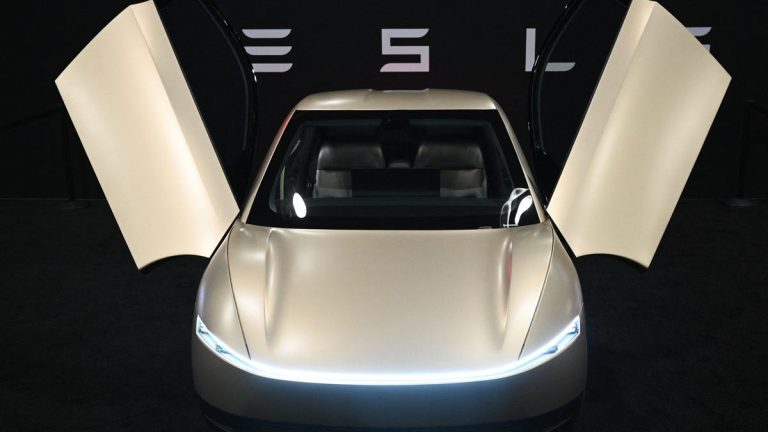Takeaways
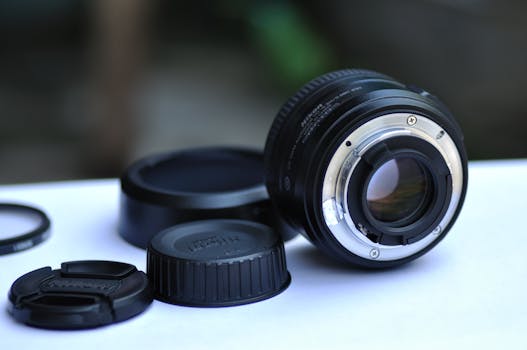
The Evolution of Digital Cameras
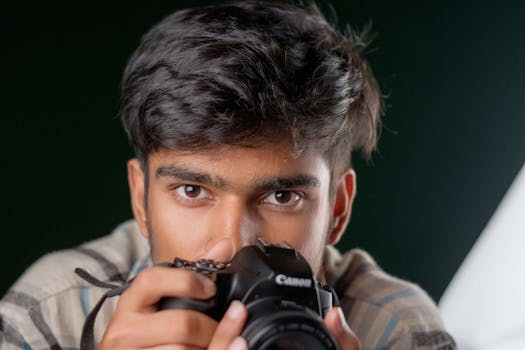
1. Sensor Technology
The heart of any digital camera is its sensor. In 2023, manufacturers are focusing on larger sensors that capture more light, resulting in better image quality, especially in low-light conditions. Full-frame sensors are becoming more common in mid-range cameras, allowing photographers to achieve stunning depth of field and dynamic range.
Moreover, advancements in sensor technology, such as back-illuminated sensors (BSI) and stacked sensors, are leading to faster readout speeds and improved performance in video recording. This means that photographers can now shoot in higher resolutions without worrying about motion blur or lag.
2. Autofocus Systems
Autofocus technology has also seen significant improvements. Many new cameras are now equipped with advanced phase-detection and contrast-detection systems that offer faster and more accurate focusing. Eye-tracking autofocus is becoming a standard feature, making it easier for photographers to capture sharp images of moving subjects, whether they are sports events or wildlife.
Additionally, the integration of artificial intelligence (AI) in autofocus systems allows cameras to recognize faces and objects, ensuring that the focus is always on the subject. This technology is particularly beneficial for portrait and street photographers.
Top Digital Cameras of 2023
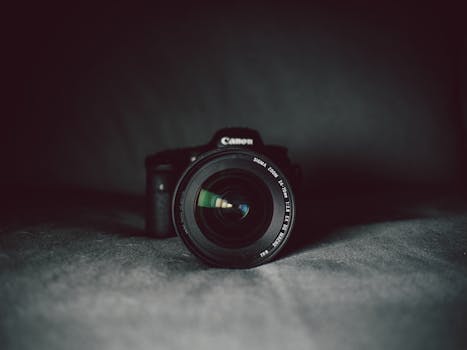
1. Canon EOS R6 Mark II
The Canon EOS R6 Mark II is a powerhouse in the mirrorless camera category. With a 20MP full-frame sensor, it offers exceptional low-light performance and impressive burst shooting capabilities at 40 frames per second. The advanced Dual Pixel autofocus system ensures that your subjects remain in focus, even during fast-paced action.
The R6 Mark II also features in-body image stabilization (IBIS), which minimizes camera shake, making it perfect for handheld shooting in challenging conditions. With 4K video recording up to 60p and a fully articulating touchscreen, it’s an ideal choice for both photographers and videographers.
2. Sony A7 IV
The Sony A7 IV is another standout mirrorless camera that has gained popularity among professionals and enthusiasts alike. Sporting a 33MP full-frame sensor, it delivers remarkable image quality with excellent dynamic range. The camera’s autofocus system is among the best in the industry, featuring real-time eye autofocus for both humans and animals.
Additionally, the A7 IV supports 4K video recording with full pixel readout, making it a great option for content creators. Its ergonomic design and robust build quality ensure that it can withstand the rigors of outdoor shooting.
3. Nikon Z9
The Nikon Z9 is Nikon’s flagship mirrorless camera, boasting a 45.7MP stacked sensor that enables continuous shooting at 20 frames per second. This camera is a favorite among wildlife and sports photographers due to its fast performance and exceptional autofocus capabilities.
The Z9 also excels in video performance, offering 8K video recording and advanced features such as N-Log and ProRes RAW formats. With its durable weather-sealed body, it is built to handle the toughest shooting conditions.
4. Fujifilm X-T5
The Fujifilm X-T5 is a versatile APS-C mirrorless camera that appeals to both still photographers and videographers. It features a 40MP sensor, delivering stunning image quality with the unique color science Fujifilm is known for. The X-T5 also includes in-body image stabilization, making it a reliable companion for handheld shooting.
With its retro design and intuitive controls, the X-T5 is perfect for those who appreciate a tactile shooting experience. It also supports 6K video recording, catering to the needs of modern content creators.
Choosing the Right Digital Camera for Your Needs

1. Purpose and Photography Style
Are you a landscape photographer, portrait artist, or someone who enjoys casual photography? Identifying your primary purpose will help narrow down your options. For instance, landscape photographers may prefer cameras with higher resolution sensors, while action photographers may prioritize fast autofocus and burst shooting capabilities.
2. Size and Portability
Consider how often you will carry your camera. Mirrorless cameras tend to be more compact than DSLRs, making them easier to transport. If you plan to travel frequently, a lightweight and portable option may be best.
3. Budget
Digital cameras come in a wide range of prices. Set a budget that aligns with your needs and explore options within that range. Remember to factor in additional costs such as lenses, memory cards, and accessories.
Conclusion

FAQs
Q1: What is the best digital camera for beginners in 2023?
A1: The Canon EOS M50 Mark II is an excellent choice for beginners due to its user-friendly interface, compact size, and versatile features.
Q2: Are mirrorless cameras better than DSLRs?
A2: Mirrorless cameras offer advantages such as lighter weight and faster shooting speeds, while DSLRs have a more extensive lens selection and longer battery life. The choice depends on personal preference and photography needs.
Q3: What should I look for in a digital camera?
A3: Consider factors like sensor size, autofocus performance, video capabilities, and overall ergonomics to find a camera that suits your photography style.
Q4: Can I use my smartphone instead of a digital camera?
A4: While smartphones are great for casual photography, digital cameras typically offer better image quality, advanced features, and the ability to change lenses.
Q5: How do I maintain my digital camera?
A5: Regularly clean the lens and sensor, store your camera in a protective case, and avoid exposing it to extreme weather conditions to ensure longevity.




